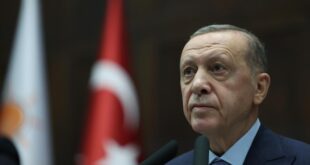Minister says that medical tourism in Romania needs promoting as part of a drive to attract more visitors in general.As Romania seek to boost numbers of foreign visitors, the country’s medical services are being increasingly touted as an area deserving expansion on the grounds of quality and low prices.
“Health tourism has great potential and the development of the medical tourist infrastructure and its promotion at home and abroad should be stimulated,” the Tourism Minister, Eduard Hellvig, said on Tuesday.
Although medical tourism in Romania is still in its infancy, the industry is certainly making strides.
According to official data, around 3 per cent of the visitors to Romania last year – some 70,000 people – came for medical services, which was double the figure in 2009. They spent some 250 million euro in the country.
Most foreign patients still come for traditional spa therapies, for which Romania has a good reputation, but a growing number now want dental services and aesthetic and anti-aging therapies.
Radulescu noted that prior to the fall of the communist regime in 1989 over 300,000 foreign tourists visited Romanian spas each year.
That number is lower today, largely due to a drop in advertising and a perceived decline in the standards of some of the services and products.
But while spas languish, Romania’s popularity is on the rise for plastic surgery and dentistry, as the country gains a reputation for competitive prices.
Dentistry is a real growth area. A ceramic crown in Romania costs 90 euro and a filling between 15 euro and 25 euro.
More complex oral procedures, such as tooth extraction, cost between 50 euro and 120 euro. Teeth whitening costs from 150 euro to 270 euro.
Those prices compare very favourably with the prices in most parts of Western Europe or the US, which explains the boom.
The rise in medical tourism has worked to the advantage of private operators who have started to open more clinics and hospitals to cover gaps in the market.
Romania is not the only beneficiary of this trend in the region. Serbia and Hungary have also made names for themselves as popular medical tourist destinations.
Austrians in particular have been crossing the border and taking advantage of the cheaper medical services on offer in neighbouring countries for years.
 Eurasia Press & News
Eurasia Press & News



